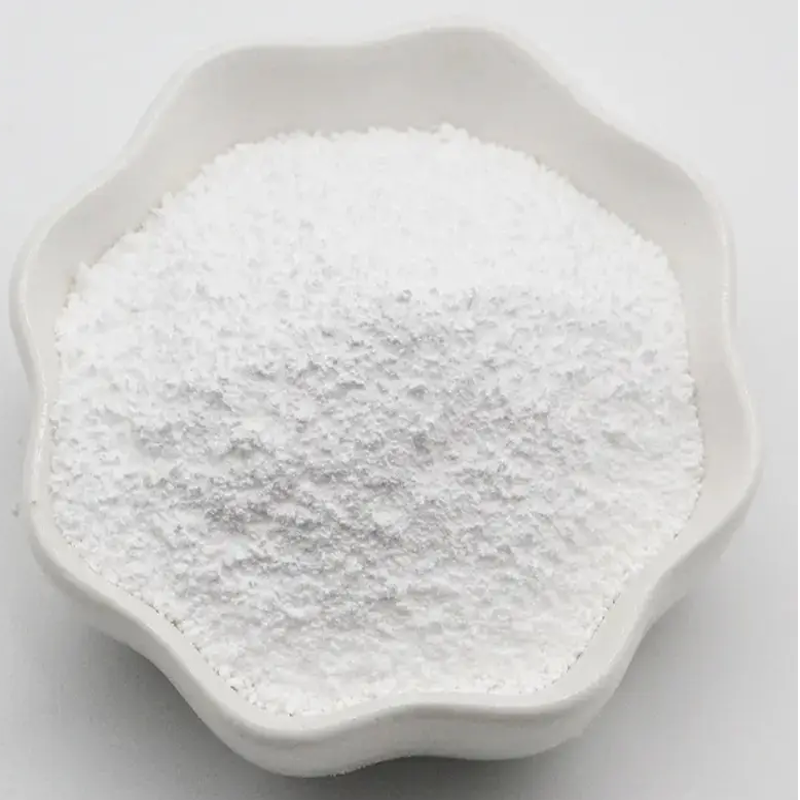-
Categories
-
Pharmaceutical Intermediates
-
Active Pharmaceutical Ingredients
-
Food Additives
- Industrial Coatings
- Agrochemicals
- Dyes and Pigments
- Surfactant
- Flavors and Fragrances
- Chemical Reagents
- Catalyst and Auxiliary
- Natural Products
- Inorganic Chemistry
-
Organic Chemistry
-
Biochemical Engineering
- Analytical Chemistry
- Cosmetic Ingredient
-
Pharmaceutical Intermediates
Promotion
ECHEMI Mall
Wholesale
Weekly Price
Exhibition
News
-
Trade Service
Background: Studies in different regions have shown that infected people have a 50 to 75 percent
increased risk of cardiovascular disease compared to non-infected people.
Traditional risk factors for cardiovascular disease (e.
In people infected with PWH and HCV, increasing age is an independent risk factor
for CVD.
Objective: Our goal was to quantify the risk
of major atherosclerotic type 1 myocardial infarction (T1MI) in the United States and Canada with and without chronic hepatitis C between 2000 and 2017.
Methods and Results: We used data
from NA-ACCORD (North American AIDS Cohort Research and Design Collaborative) starting antiretroviral therapy at PWH (ages 40-79 years) from January 1, 2000 to December 31, 2017.
Figure 1 (A) incidence of myocardial infarction and (B) death and 95% ci (per 1000 person-years), classified
by time period and hepatitis C virus co-infection.
Table 1 Crude risk ratio and corrected risk ratio of myocardial infarction-related risk factors in HIV-infected patients in NA-ACCORD studies (N=23 361)
Fig.
Table 2 Adjusted risk ratio of central muscle infarction-related risk factors in NA-ACCORD HIV-infected patients by age (N=23 361)
Conclusion: Hepatitis C virus co-infection has no significant correlation with an increased risk of T1MI; However, with age, people infected with HCV have a greater risk of developing T1MI than non-HCV infected people, and the situation
of HCV infection should be considered when assessing the risk of CVD in older patients with PWH.
Original source:
Lang R, Humes E, Hogan B, et al.







